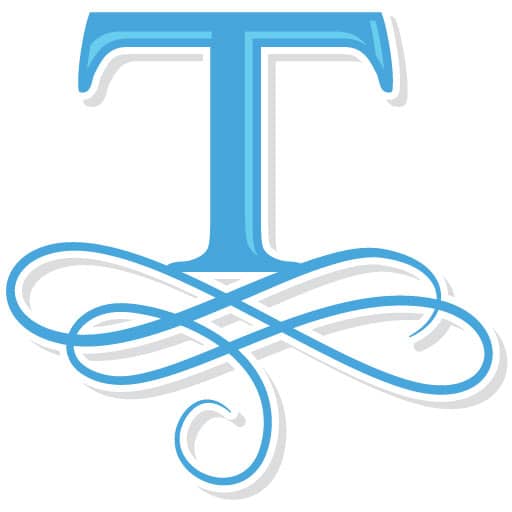IRS Says TCJA Allows Client and Prospect Business Meal Deductions
In Notice 2018-76, the IRS states that client and prospect business meals continue as tax deductions under the Tax Cuts and Jobs Act. This is very good news indeed.
Under this new IRS guidance, you may deduct 50 percent of your client and prospect business meals if
- the expense is an ordinary and necessary expense under Internal Revenue Code (IRC) Section 162(a) and is paid or incurred during the taxable year in carrying on any trade or business;
- the expense is not lavish or extravagant under the circumstances;
- the taxpayer, or an employee of the taxpayer, is present at the furnishing of the food or beverages;
- the food and beverages are provided to a current or potential business customer, client, consultant, or similar business contact; and
- in the case of food and beverages provided during or at an entertainment activity, the food and beverages are purchased separately from the entertainment, or the cost of the food and beverages is stated separately from the cost of the entertainment on one or more bills, invoices, or receipts. The entertainment disallowance rule may not be circumvented through inflating the amount charged for food and beverages.
To prove your business meals, follow the two easy steps below:
- Keep the receipt that shows the name of the restaurant, the number of people at the table, and an itemized list of food and drinks consumed.
- On the receipt, record the name or names of the person or persons with whom you had the meal and also record the business reason for the meal.
In the event the receipt is not available, such as with the purchase of hot dogs and drinks at a baseball game while sitting in the stands, make sure to make a written note of the expenditures immediately after the game.
If you charge a business meal to a credit card, the credit card statement provides your proof of payment. When possible, always pay by credit card or write a check so that you have clear proof of payment.
Proof of payment is not proof of what you purchased, so in addition to proof of payment, keep the receipt with the notations as described earlier. With this combination of proof of payment and receipt with notations, you have what we call audit-proof documentation.
Want to know more? Have some tax questions of your own? Get in touch with us and we’ll guide you thru the tax and accounting process.
